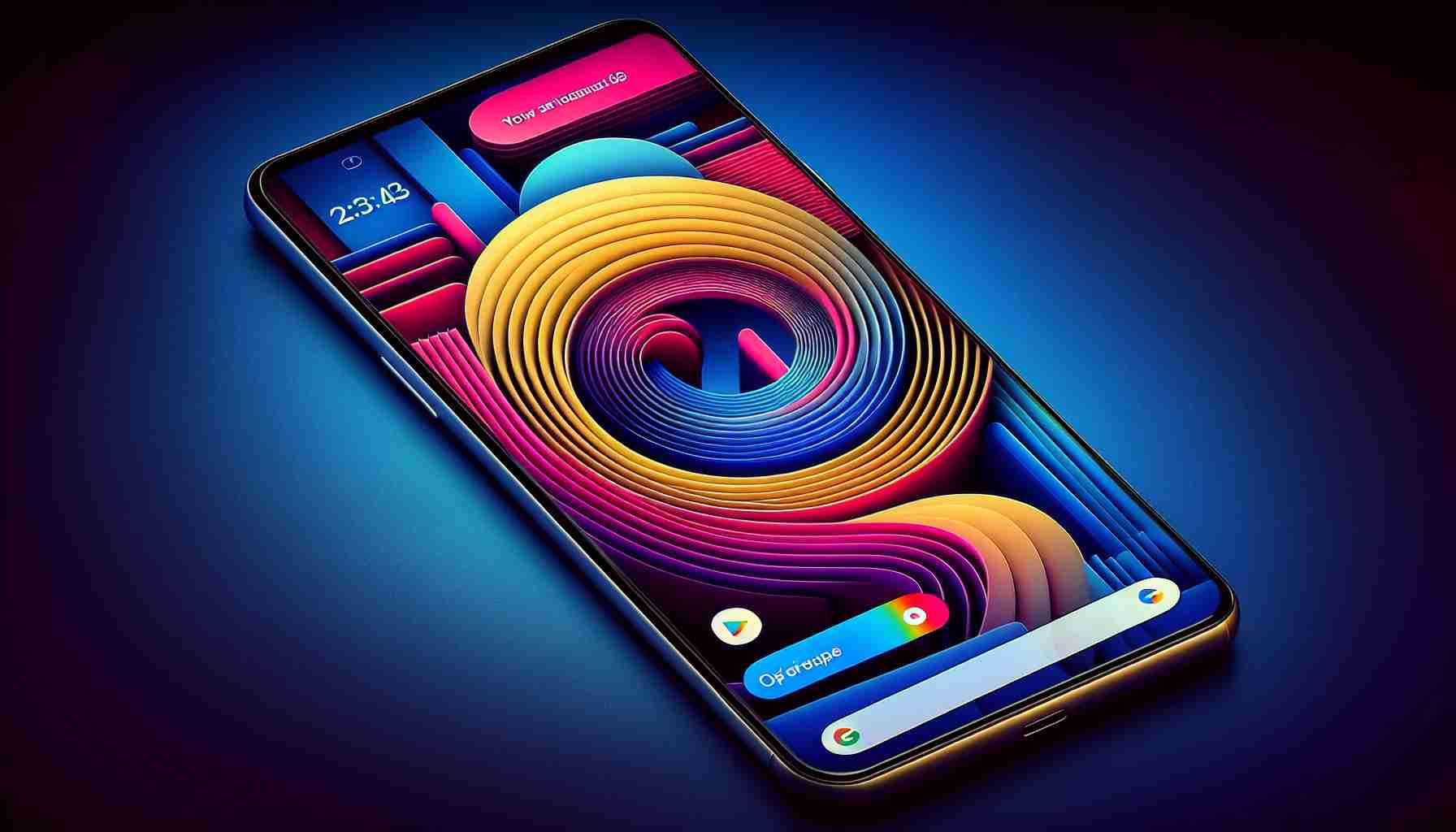Samsung Galaxy users call for change in the latest versions of the Samsung One UI. The focus of discontent centers on Samsung’s deviation from a feature that has been a part of Android’s user interface since the Marshmallow era—the vertical app drawer. In a seeming dismissal of user preferences, Samsung’s interface has abandoned this feature in favor of a horizontal paging system—a move seen by some users as a step backwards in usability.
While Samsung has introduced a plethora of customization options allowing users to personalize their devices exhaustively, they have curiously left out the ability to switch back to the familiar vertical, continuous scroll for app lists. Users accustomed to this intuitive scrolling method from their experiences with social media platforms like TikTok and Instagram find Samsung’s omission particularly baffling.
The company’s decision to include a vertical scrolling option as an afterthought within the Good Lock module further highlights the oversight. However, this add-on has also been neglected, lacking compatibility with Samsung’s most recent updates to One UI.
Users are expecting that the upcoming One UI update, version 6.1.1, will rectify this issue. But many question why a core feature of the Android experience is being treated as an optional extra, rather than an integral part of the interface. The call to action is clear: Samsung is encouraged to reintegrate the vertical app drawer into the base offerings of upcoming One UI revisions, starting with version 7.0. This not only respects user preferences but also aligns Samsung’s interface with the natural navigation behaviors already prominent in today’s digital experiences.
Important Questions and Answers:
– Why do Samsung Galaxy users prefer a vertical app drawer?
Samsung Galaxy users may prefer a vertical app drawer due to its familiarity and ease of use, as it has been a staple of Android interfaces and mimics the scrolling experience of popular social media apps. The vertical scroll is perceived as more natural and intuitive for browsing long lists, such as those comprising many installed apps.
– What is the current state of the app drawer in Samsung One UI?
In its recent iterations, Samsung One UI has implemented a horizontal paging system for the app drawer, which is a departure from the previous vertical scrolling method.
– What challenges are associated with Samsung’s decision to change the app drawer orientation?
The main challenge is user dissatisfaction, as some users find the horizontal paging system less intuitive and user-friendly. There’s also the issue of fragmentation with third-party solutions like Good Lock, which may not offer consistent compatibility with every update of One UI.
– Has Samsung responded to user feedback on the app drawer orientation?
As of my knowledge cutoff date, there has been no official response from Samsung specifically addressing the user feedback on restoring the vertical app drawer.
Key Challenges:
1. User Dissatisfaction: Users have expressed their discontent with the horizontal paging system, citing a preference for the more traditional vertical scrolling method.
2. Inconsistency with Updates: The Good Lock module, which offers a vertical scrolling option, has compatibility issues with the latest updates to One UI.
3. Customization Limitations: Despite offering various customization options, Samsung does not provide an inherent choice to switch back to the vertical app drawer in the base UI.
Controversies:
1. Ignoring User Preferences: There’s a perception that Samsung is not listening to its user base by not reintegrating a favored feature.
2. Design Philosophy: The decision to change the app drawer’s orientation might raise questions about Samsung’s overall design philosophy and whether it aligns with users’ expectations.
Advantages and Disadvantages of Vertical vs Horizontal App Drawer:
Vertical App Drawer
Advantages:
– Familiar to many users and considered more intuitive.
– Easier to navigate for longer lists of apps.
– Seamless experience that aligns with social media navigation.
Disadvantages:
– Might be less efficient in using screen space on wider displays.
Horizontal Paging System
Advantages:
– Aligns with the horizontal swiping gestures commonly used for navigating between home screens.
– Potentially offers more structured organization of apps into pages.
Disadvantages:
– Considered less intuitive by users familiar with vertical scrolling.
– Can be cumbersome to swipe through multiple pages to find an app.
If you’re seeking further information, you can check out Samsung’s official website for news on software updates and user interface changes: Samsung. Remember always to visit the official company website or verified support channels for the latest updates and official announcements.
